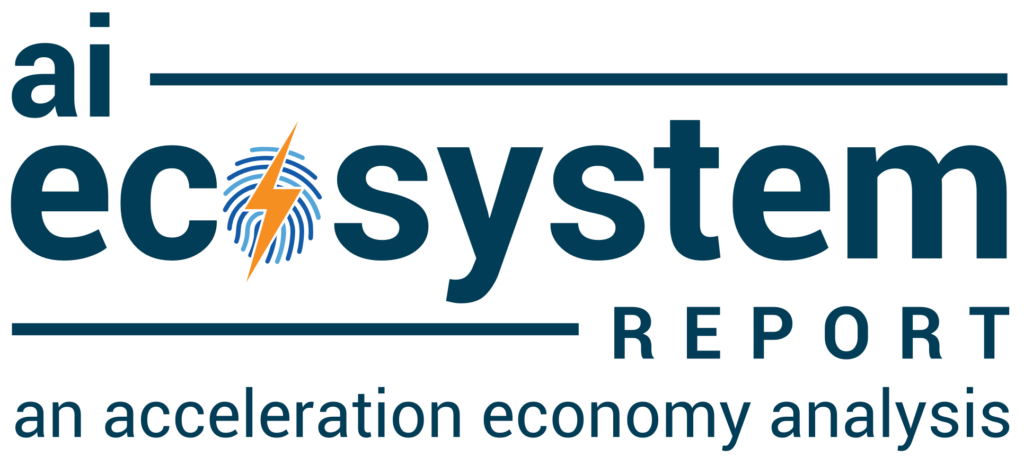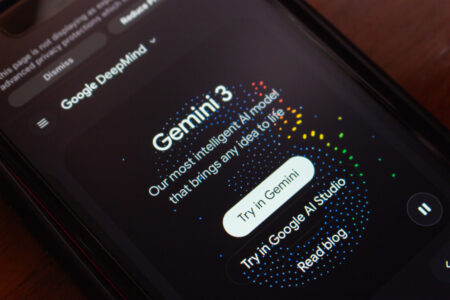
I recently attended the RSA Conference 2024 in San Francisco; RSA is cybersecurity’s premier conference, bringing together thousands of professionals and firms. This year it featured several keynotes by prominent speakers such as Antony Blinken along with many big announcements.
However, one of the industry’s largest companies, Palo Alto Networks, chose not to attend RSA formally and instead held its own event, where it announced new security offerings infused with a proprietary AI system it calls Precision AI.
Precision AI brings together machine learning (ML), deep learning, and GenAI to mitigate risks. Palo Alto Networks has dubbed it “the future of AI and cybersecurity.” On one hand, this claim may seem hyperbolic, but on the other hand, Palo Alto isn’t just any cybersecurity company — as one of the most powerful and widely trusted firms, it may be able to deliver on its bold promises.
Palo Alto Networks boasts a robust set of capabilities, from cloud-delivered security services to next-gen firewalls to secure access service edge (SASE) to a code-to-cloud platform, as well as security operations capabilities. Precision AI, the company says, will be integrated across its portfolio of products and capabilities.
The Precision AI rollout is oriented around three key objectives, which I’m detailing below.
Ask Cloud Wars AI Agent about this analysis
Streamlining Security Operations
First, there’s security operations, where analysts and others often perform the labor-intensive work of examining logs, monitoring for alerts, and responding to potential incidents to mitigate impact and organizational harm. Palo Alto is positioning Precision AI to be a core part of the future of security operations; “Cortex XSIAM 2.0,” which starts with an Extended Security Intelligence and Automation Management Command Center, provides an overview of security operations. It aims to accelerate incident response, make prioritization easier, and drive down organizational risks from incidents.
Securing AI by Design
Securing AI by design aligns with the broader industry trend and push for “secure-by-design” being led by organizations including the Cybersecurity and Infrastructure Agency (CISA) but, in this case, the focus is on GenAI usage and AI-powered software development.
Organizations continue to rapidly adopt GenAI and LLMs as they look to use AI-powered copilot- type tools to accelerate application development. Palo Alto Network’s offering includes AI runtime security, AI access security, AI security posture management (ASPM), and advanced domain name system (DNS) security.
ASPM is gaining increased attention, and Palo Alto’s offering aims to help organizations gain visibility and control over their models, GenAI, and the broader AI supply chain to mitigate threats before they impact organizations. It features a robust visualization dashboard to illuminate underlying cloud environments, AI resources, and potential applications at risk.
Radically Simplifying Cybersecurity
Last, but not least, is its rollout of new security copilots, which aim to address the complex cybersecurity challenges that organizations are struggling with. Their rollout includes Prisma Cloud Copilot, Cortex Copilot, and Strata Copilot.
Palo Alto is offering a diverse set of copilots while most security products companies are only rolling out one. Additionally, Palo Alto’s offerings cover a wide range of use cases, such as cloud, security operations and network security, all aimed at empowering users to ask intuitive questions in plain language formats, quickly identify threats, which assets are at risk, relevant vulnerabilities, and even potential mitigations.
For organizations using the Palo Alto platform, this has the potential to revolutionize workflows, address cognitive overload for over-burdened security teams, and streamline organizations’ timeline to respond to risks.
Final Thoughts
Organizations are in a constant struggle to attract and retain security talent; automated capabilities underpinned by AI present a tremendous opportunity to radically change the way organizations handle cybersecurity from a process and technology perspective while they alleviate longstanding challenges that existed before GenAI.










